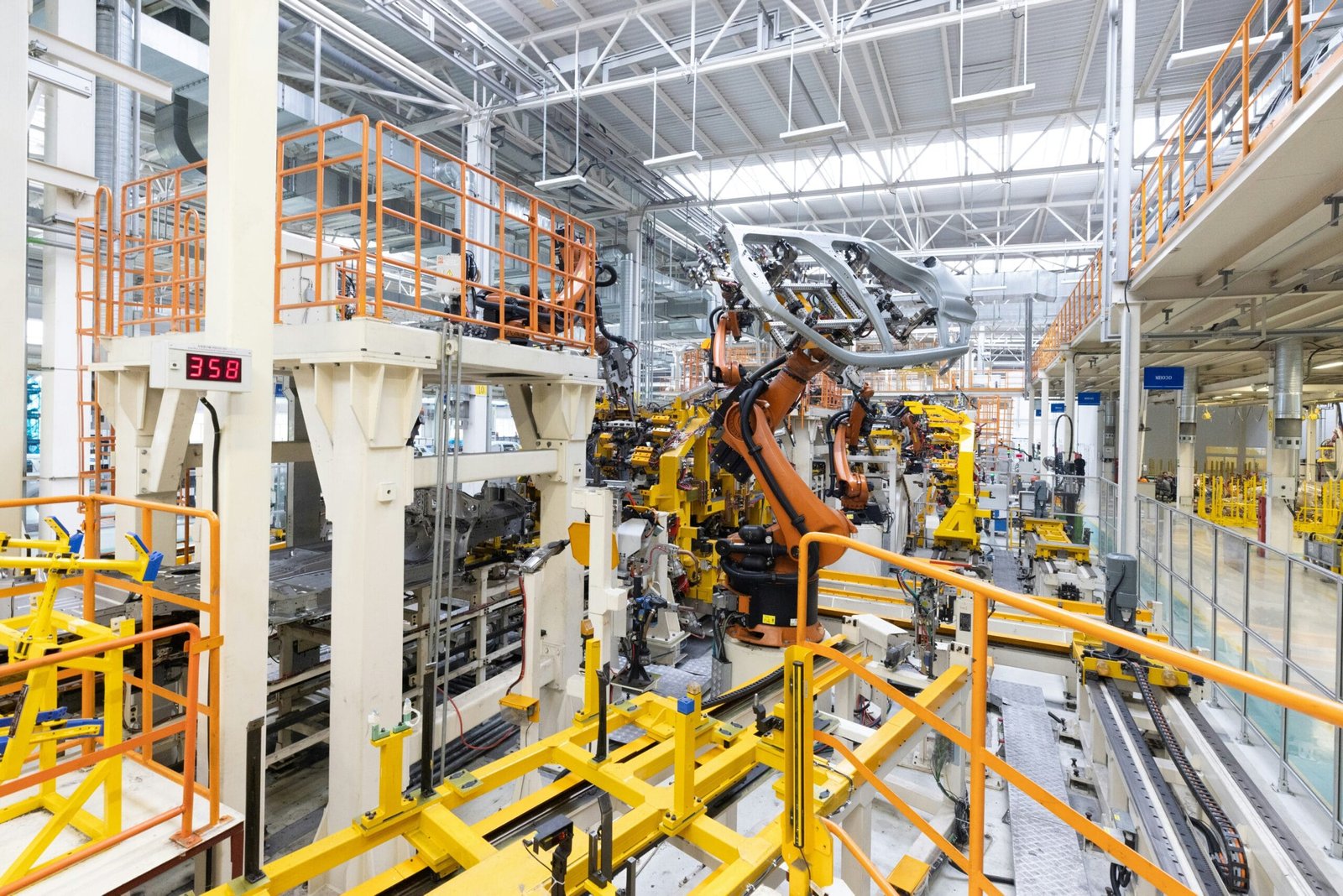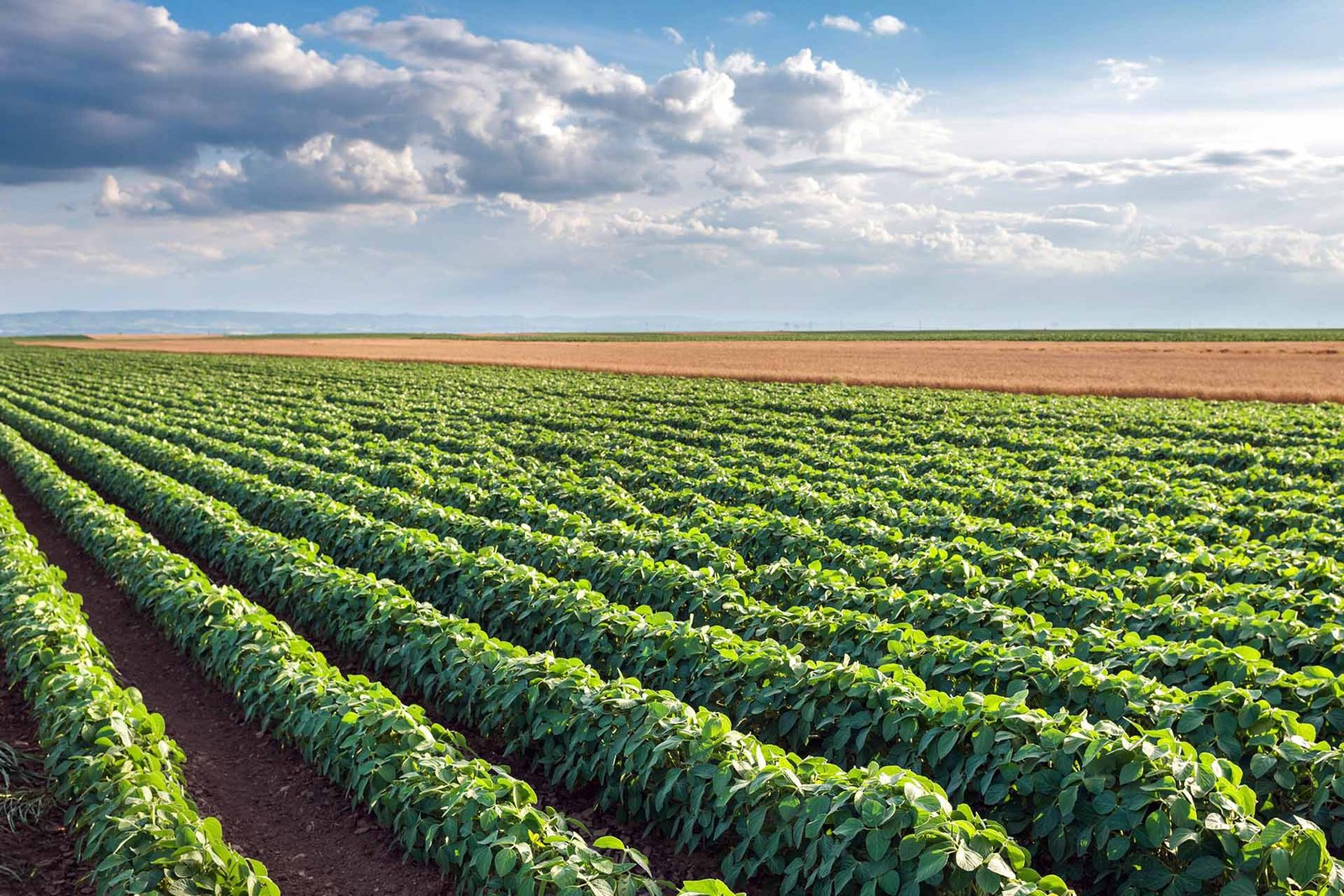Introduction: Understanding the Impact of the Industrial Revolution
The Industrial Revolution, which began in Britain in the late 18th century, transformed societies around the world, shifting economies from agrarian bases to industrial powerhouses. This period saw innovations in technology, manufacturing, and transportation, reshaping almost every aspect of human life. As factories grew, so did cities, creating a lasting impact on culture, economy, and even the environment.
In this article, we’ll explore the Industrial Revolution’s origins, major inventions, key industries, and profound social effects. From advancements in steam power to the rise of mechanized labor, the Industrial Revolution fundamentally altered the course of history. This journey through history will reveal how the Industrial Revolution set the stage for the modern world and the legacy it left behind.
1. The Beginnings of the Industrial Revolution
Origins and Causes of the Industrial Revolution
The Industrial Revolution did not happen overnight; it was the result of several factors that converged in Britain in the late 18th century. A combination of political stability, access to raw materials, and a culture of innovation created the perfect environment for industrial change.
Key Factors:
• Agricultural Revolution: Prior innovations in farming, including the enclosure movement and new agricultural techniques, increased food production, allowing the population to grow.
• Resources and Geography: Britain was rich in coal and iron ore, essential materials for powering and building machinery.
• Economic Factors: Britain’s colonies provided both raw materials and markets for manufactured goods, fueling industrial expansion.
• Technological Innovation: A tradition of scientific inquiry and technological experimentation in Britain led to key inventions that fueled industrialization.
With these elements in place, Britain became the birthplace of the Industrial Revolution, eventually spreading its influence to Europe, the United States, and beyond.
2. Major Inventions and Innovations
The Steam Engine and Mechanized Power
The development of the steam engine was one of the most important innovations of the Industrial Revolution. Inventors like Thomas Newcomen and James Watt improved upon steam engine designs, making them more efficient and powerful. The steam engine became a primary driver of industrialization, used to power factories, mines, and later, locomotives and steamships.
Key Innovations:
• Newcomen’s Steam Engine (1712): First successful steam-powered pump, used primarily in mining.
• Watt’s Steam Engine (1776): James Watt’s improvements made the steam engine more efficient, leading to widespread use in factories.
• Locomotives and Railways: The steam engine was adapted for transportation, with George Stephenson developing the first successful railway locomotive, the “Rocket,” in 1829.
Steam power revolutionized production, allowing factories to operate independently of water sources, which previously restricted their locations.
Textile Industry Advancements
The textile industry was at the forefront of the Industrial Revolution, with innovations in spinning and weaving machinery increasing productivity and reducing the need for manual labor.
Key Textile Innovations:
• Spinning Jenny (1764): Invented by James Hargreaves, this machine allowed a single worker to spin multiple threads simultaneously, increasing efficiency.
• Water Frame (1769): Developed by Richard Arkwright, this machine used water power to spin stronger threads and became the basis for the first factories.
• Power Loom (1785): Invented by Edmund Cartwright, this mechanized loom increased the speed of textile production and reduced labor costs.
These inventions transformed textile production, turning it into the first mechanized industry and establishing the factory system that would dominate the Industrial Revolution.
3. Changes in Industry and Labor
The Rise of Factories and Urbanization
The factory system replaced traditional home-based manufacturing, concentrating labor and machinery under one roof. This shift led to rapid urbanization, as workers flocked to cities in search of jobs.
Key Aspects of the Factory System:
• Labor Specialization: Factories used division of labor, where workers performed specific tasks, which increased efficiency but often reduced the need for skilled labor.
• Mass Production: Factories were able to produce goods at an unprecedented scale, making products more affordable and accessible.
• Urban Growth: Cities like Manchester and Birmingham in Britain became industrial hubs, while population growth led to crowded living conditions and poor sanitation.
The new factory system created an economy based on wage labor and industrial output, marking a significant departure from agrarian lifestyles and skilled craft trades.
Working Conditions and the Rise of Labor Movements
The Industrial Revolution dramatically changed working conditions, often leading to long hours, low wages, and hazardous environments. In response, workers began to form labor unions to demand better treatment and rights.
Key Issues and Reforms:
• Child Labor: Factories employed children for their agility and willingness to work for lower wages, often under dangerous conditions.
• Worker Protections: Early unions and reformers pushed for laws to limit working hours, improve safety, and abolish child labor.
• Unionization: The formation of labor unions marked the beginning of organized labor movements, advocating for fair wages, reasonable hours, and safer working conditions.
By the late 19th century, governments began implementing labor laws, creating frameworks for the rights and protections that continue to evolve today.
4. Social and Economic Impact of the Industrial Revolution
Transforming Everyday Life and Society
The Industrial Revolution brought dramatic changes to social structures, family life, and daily routines, affecting every aspect of society.
Social Changes:
• Shift from Rural to Urban Life: As factories and cities grew, rural populations decreased, leading to a new urban working class.
• Changes in Family Dynamics: Families often worked in factories together, but traditional structures began to shift as individuals became wage earners.
• Class Divisions: The divide between factory owners (industrial capitalists) and workers created new social classes, laying the foundation for class struggles.
The effects of the Industrial Revolution on social structures led to the growth of a middle class, while also deepening the divide between the rich and the poor.
Economic Growth and Global Trade
The Industrial Revolution spurred unprecedented economic growth, establishing Europe and North America as economic powerhouses and significantly increasing the wealth of industrialized nations.
Key Economic Changes:
• Increase in Production and Trade: Mass production increased goods’ availability, leading to an economic boom and stimulating global trade.
• Capitalism and Industrial Wealth: The revolution fostered capitalism, as factory owners and investors accumulated wealth, often reinvesting it in further industrial expansion.
• Imperialism: The demand for raw materials fueled colonial expansion, as industrialized nations sought control over territories that provided resources for their factories.
Economic growth spurred by the Industrial Revolution established global trade networks, with industrialized nations exerting influence over other regions, often through colonization.
5. Environmental Impact and Technological Legacy
Environmental Costs of Industrialization
The Industrial Revolution had a lasting impact on the environment, introducing new sources of pollution and altering landscapes.
Environmental Consequences:
• Air and Water Pollution: Factories and steam engines emitted pollutants into the air and water, contributing to early urban smog and polluted rivers.
• Resource Depletion: The demand for coal, iron, and other materials led to rapid resource depletion and environmental degradation.
• Climate Impact: The widespread burning of fossil fuels marked the beginning of human-induced climate change, as emissions from industrial processes accumulated in the atmosphere.
Despite its achievements, the Industrial Revolution set the stage for ongoing environmental challenges that continue to be addressed today.
Technological Innovations and Modern Legacy
The Industrial Revolution left a technological legacy that paved the way for modern industry and scientific advancements.
Technological Contributions:
• Innovation and Invention: The spirit of innovation from the Industrial Revolution continued, influencing later advancements in electricity, telecommunication, and transportation.
• Industrialization Worldwide: Countries around the world eventually adopted industrial methods, transforming global economies and standardizing production.
• Impact on Everyday Life: The revolution introduced products like textiles, consumer goods, and mechanized transport that reshaped daily life, setting the stage for the consumer economy.
The technological advancements of the Industrial Revolution remain foundational to the global industries and technologies that define the modern era.
Conclusion: The Lasting Influence of the Industrial Revolution
The Industrial Revolution marked a turning point in human history, setting the course for modern industry, technology, and social organization. From steam engines to factories, the changes brought about by this era reshaped societies, led to economic growth, and established the industrialized economy that dominates today’s world.
While the revolution brought many benefits, such as increased production and technological innovation, it also introduced challenges—environmental, social, and economic—that continue to resonate in the modern world. Understanding the Industrial Revolution is essential to grasping the complexities of today’s industrial society and the ongoing pursuit of progress balanced with sustainability.


